The competitiveness of U.S. meat, poultry, and dairy in global trade
15 May: The global trade performance of U.S. agricultural commodities relative to the competition.
Read more15 May: The global trade performance of U.S. agricultural commodities relative to the competition.
Read moreFunding awardees include the University of Arkansas, which received $5 million for a project to deliver scalable and intelligent automation in poultry processing using the latest technologies in areas including robotics, digital sensing, and artificial intelligence.
Read moreThe U.S. Meat Export Federation (USMEF) is the trade association responsible for developing international markets for the U.S. red meat industry. As a nonprofit organization it works to create new opportunities and develop existing international markets for U.S. beef, pork, lamb and veal.
The federation is headquartered in Denver, Colorado, and it has an extensive international presence with offices in Seoul, Tokyo, Beijing, Hong Kong, Shanghai, Singapore, Taipei, Mexico City, Monterrey and Brussels. USMEF also has special market representatives covering China, the Middle East, Europe, Central and South America, the Caribbean and Africa.
USMEF shares its local intelligence and more than three decades of experience with U.S. exporters, traders and buyers in addition to end users and processors in each market. As high-quality U.S. beef, pork and lamb have taken a lead position in international markets, exports play a more prominent role in industry growth and prosperity.
Read moreClimate activists and some scientists claim that giving up meat is the best thing we could do for the planet. However, some experts have warned that going vegan is not […]
Read more‘World of Opportunity’ was the theme of this year’s annual Oxford Farming Conference in the UK where topics ranged from life after Brexit and intelligent agriculture to future innovations such […]
Read moreIn 2024, the value of U.S. agricultural exports reached $176 billion, the third-highest total on record. The European Union (EU) emerged as the fourth-largest market for these exports, with tree nuts ranking as the top export commodity in the region.
Read moreGrain exports play an important role in the American economy, providing economic benefits that extend beyond direct sales
Read moreApril 2025. An update on the U.S. pork industry’s progress towards its 2030 sustainability goals and targets.
Read moreThe old Hawaiian proverb “The land is chief, and man is its servant” guides Parker Ranch and its cow-calf operation. The ranch raises cattle in a way that respects natural resources while ensuring cattle health, beef quality and food safety.
Read moreNew research from The University of California, Davis suggests that seaweed could make cattle farming more sustainable. The study, the first to test seaweed on grazing beef cattle, found that feeding them seaweed in pellet form reduced their methane emissions by around 40% without negatively impacting their health or weight.
Read more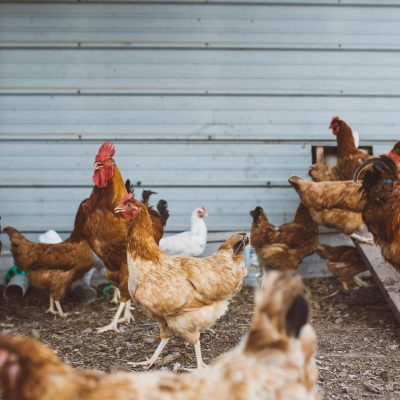
15 May: The global trade performance of U.S. agricultural commodities relative to the competition.
Read more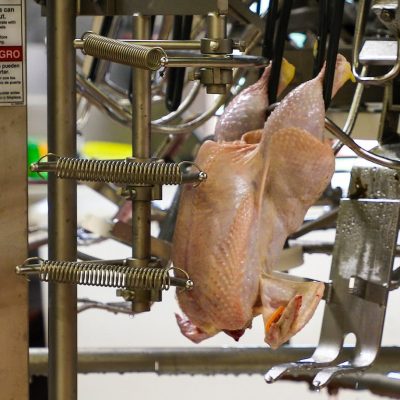
Funding awardees include the University of Arkansas, which received $5 million for a project to deliver scalable and intelligent automation in poultry processing using the latest technologies in areas including robotics, digital sensing, and artificial intelligence.
Read more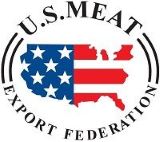
The U.S. Meat Export Federation (USMEF) is the trade association responsible for developing international markets for the U.S. red meat industry. As a nonprofit organization it works to create new opportunities and develop existing international markets for U.S. beef, pork, lamb and veal. The federation is headquartered in Denver, Colorado, and it has an extensive international presence with offices in Seoul, Tokyo, Beijing, Hong Kong, Shanghai, Singapore, Taipei, Mexico City, Monterrey and Brussels. USMEF also has special market representatives covering China, the Middle East, Europe, Central and South America, the Caribbean and Africa. USMEF shares its local intelligence and more than three decades of experience with U.S. exporters, traders and buyers in addition to end users and processors in each market. As high-quality U.S. beef, pork and lamb have taken a lead position in international markets, exports play a more prominent role in industry growth and prosperity.
Read more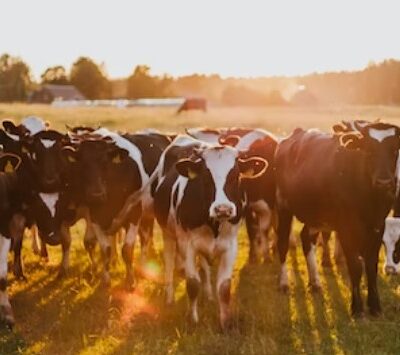
Climate activists and some scientists claim that giving up meat is the best thing we could do for the planet. However, some experts have warned that going vegan is not […]
Read more
‘World of Opportunity’ was the theme of this year’s annual Oxford Farming Conference in the UK where topics ranged from life after Brexit and intelligent agriculture to future innovations such […]
Read more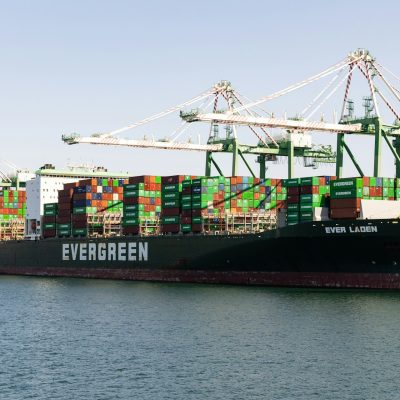
In 2024, the value of U.S. agricultural exports reached $176 billion, the third-highest total on record. The European Union (EU) emerged as the fourth-largest market for these exports, with tree nuts ranking as the top export commodity in the region.
Read more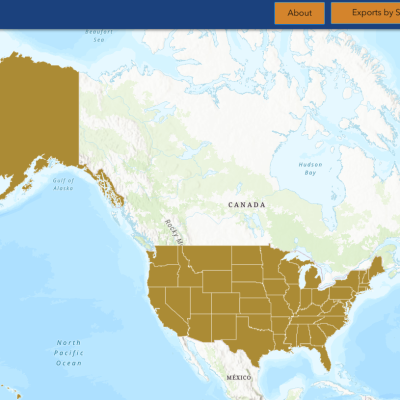
Grain exports play an important role in the American economy, providing economic benefits that extend beyond direct sales
Read more
April 2025. An update on the U.S. pork industry’s progress towards its 2030 sustainability goals and targets.
Read more
The old Hawaiian proverb “The land is chief, and man is its servant” guides Parker Ranch and its cow-calf operation. The ranch raises cattle in a way that respects natural resources while ensuring cattle health, beef quality and food safety.
Read more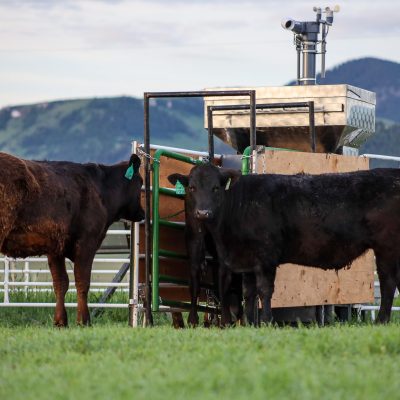
New research from The University of California, Davis suggests that seaweed could make cattle farming more sustainable. The study, the first to test seaweed on grazing beef cattle, found that feeding them seaweed in pellet form reduced their methane emissions by around 40% without negatively impacting their health or weight.
Read more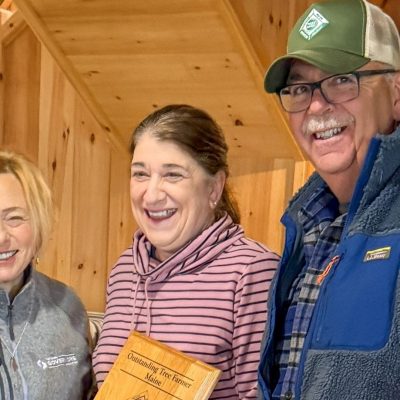
After more than three decades of tree farming, Jay and Kathryn Libby have won the 2025 Maine Outstanding Tree Farm Award.
Read more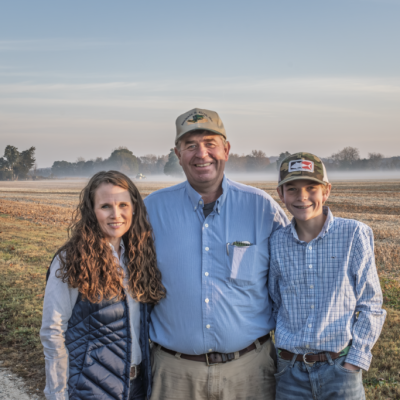
The Ellis family - Benjamin, Shannon and their son Tripp - farm in the environmentally sensitive and highly regulated Chesapeake Bay Watershed.
Read more
As the public and private sectors increasingly choose building materials based on factors such as carbon footprint and renewability rather than solely on cost, sustainably sourced wood products offer a promising solution.
Read more
The old Hawaiian proverb “The land is chief, and man is its servant” guides Parker Ranch and its cow-calf operation. The ranch raises cattle in a way that respects natural resources while ensuring cattle health, beef quality and food safety.
Read more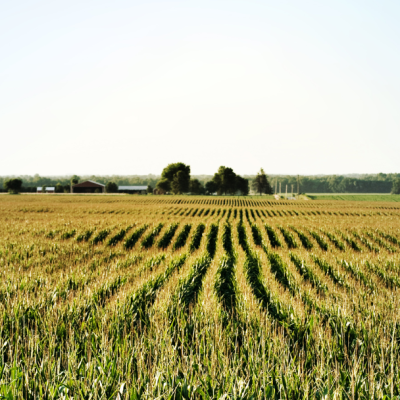
May 2025. A detailed overview of U.S. agricultural exports in 2024, highlighting key export markets and top-performing commodities.
Download now
May 2025. A comprehensive farmgate life cycle assessment (LCA) that enhances understanding of greenhouse gas emissions in the U.S. dairy industry.
Download now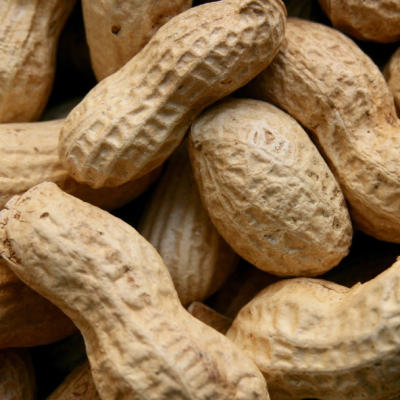
May 2025. The latest annual report from The Peanut Research Foundation, the American Peanut Council's research arm, highlights the latest research innovation and investments aimed at keeping the U.S. peanut industry competitive.
Download now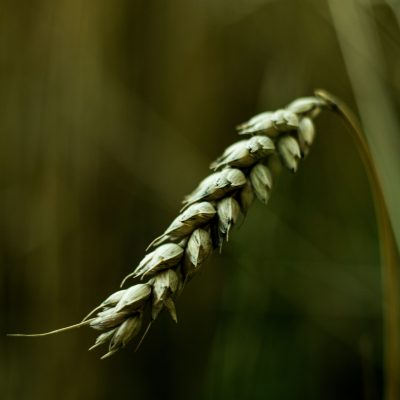
April 2025. An updated study examining the contributions of U.S. grain exports to the U.S. economy.
Download now
USSA News: latest agricultural trade export data, new dairy LCA, Maine's forest stewards.
Read more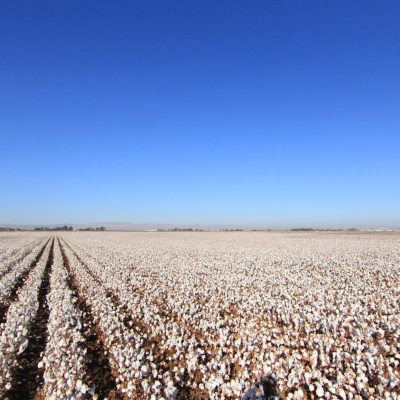
The U.S. Cotton Trust Protocol has achieved its sixth consecutive year of growth. The voluntary sustainability program for U.S. cotton now represents 18% more acres and 14% more growers than in 2024.
Read more
U.S. Secretary of Agriculture Brooke Rollins led a trade delegation to Rome, Italy, in early June as part of a program to expand market access for U.S. agricultural products in Europe.
Read more
In 2024, the value of U.S. agricultural exports reached $176 billion, the third-highest total on record. The European Union (EU) emerged as the fourth-largest market for these exports, with tree nuts ranking as the top export commodity in the region.
Read more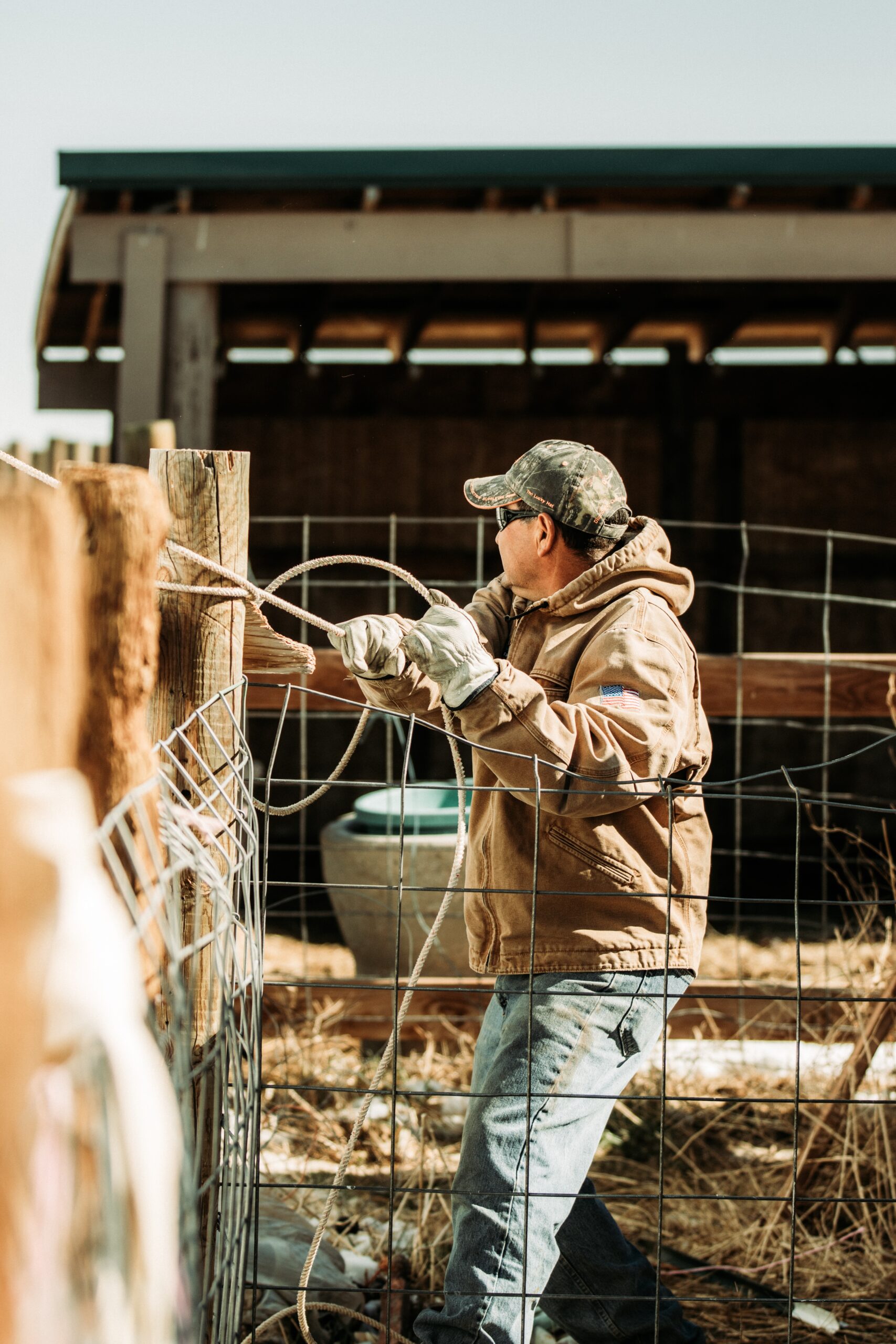
Whilst the USSA members work to exceed regulatory requirement, U.S. laws and regulations provide a robust framework, developed over many years, to ensure and promote the sustainability of its crop, livestock, seafood and forestry sectors. The policies look to immediate impacts on the environment and beyond to cover topics from employment to biodiversity to endangered species. The following pages provide context and an introduction to key federal legislation.

Focused on conservation and environmental stewardship, the USDA, working with The Natural Resources Conservation Service on technical assessment and the Farm Service Agency for enforcements, uses grant management to deliver best practice. A particular focus is on erodible lands and wetlands, with ‘sodbuster’ and ‘swampbuster’ rules, requires presentation of conservation strategies prior to conversion of lands to agricultural use. One result, that soil loss has been halved since 1982.
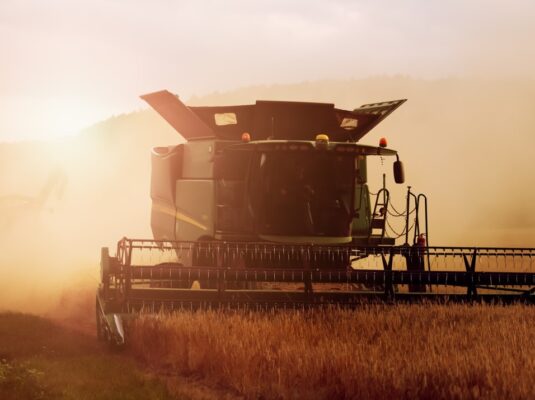
The U.S. recognizes that sustainability has many facets and action is required in explicit areas. This has resulted in the enactment of a wide range of laws from the Clean Water Act and Clean Air Act to the Endangered Species Act, to research and regulatory action on Insecticides and Fungicides and Rodenticide Act; and, with the Lacey Act a focus on illegal trafficking of plants, fish and animals.

In the latest episode of This is U.S. Sustainability, we hear from two multi-generational farmers – an eleventh-generation grains farmer from Maryland and the owner of a centennial cattle farm in Louisiana – about how they have moved with the times while staying true to their roots. We cover rotational grazing, no-till cultivation, water conservation, biotech seeds, and more. And we discuss why going back to the natural cycle is sometimes the best approach.
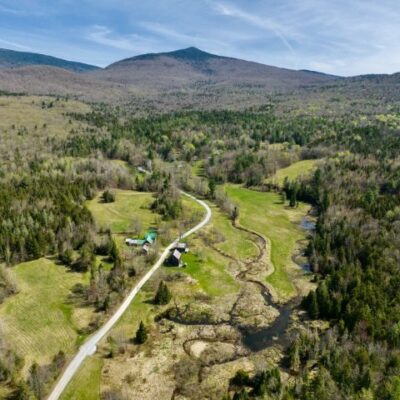
Tune in to the latest episode of This is U.S. Sustainability to hear how Paul Catanzaro and Professor Tony D’Amato work together to reach family forest owners and ensure they have the information and resources to make the right decisions about their land. And learn about the vital role Tim Stout, a Vermont landowner, plays in amplifying their message.

Tune in for the lowdown on the innovative, often surprising ways the almond industry and the wider food sector are reducing waste. Jet fuel, beer, water filters and peat moss to grow mushrooms – these are just some of the many applications in use and under development.
Discover how softwoods were used in the architecture of PDX Main Terminal, Portland, Oregon, in this new series from the Softwood Export Council.
Watch nowThis new series from the Softwood Export Council spotlights the global reach and versatility of American softwoods in architecture, offering a behind-the-scenes look at sustainable forestry practices.
Watch nowThis new series from the American Feed Industry Association explores the $267 billion U.S. animal food industry, offering insights into its scale and impact.
Watch now